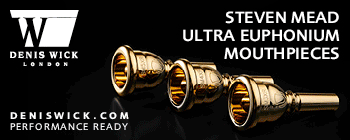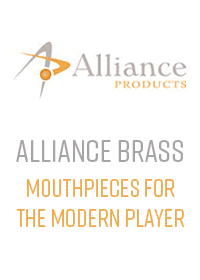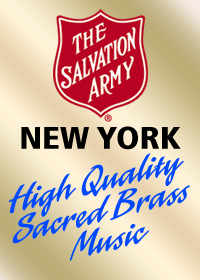Music: Positivity - 7 prisms of optimism for brass band
By John WallacePublished by Nimbus Music Publishing
Composer Rodney Newton reviews a rare composition from trumpet virtuoso John Wallace.
It would probably come as a surprise for many to discover that Professor John Wallace, retired Principal of the Royal Scottish Academy of Music and Drama, and former Principal Trumpet of the Philharmonia Orchestra, is also a composer. However, composition was originally his prime interest, which he studied with two eminent British composers - the late Dr. Alan Bush and Professor David Blake.
This present work is a nostalgic and upbeat tribute to Tullis Russell Paper Mills of Markinch, Fife (closed in 2015), where his father, his cousin and his uncles all worked, and to the bands that bore its name.
John Wallace relates that he spent most his childhood playing cornet with Tullis Russell Mills Junior Band and during his university holidays, he even worked in the Mill itself, so this present work comes very much from the heart.
It is an attractive and challenging work infused with the spirit of place, which in its opening movement, Tullis Toccata, imitates the cascading trumpet fanfares from Monteverdi's Orfeo, underscored by arpeggiated lower brass and timpani to give the effect of the continuous rumble of machinery.
The other 'prisms' that follow are all place names in the vicinity: Rothes Mill (rhythmically tricky with ever-changing odd-metre time signatures), Auchmuty Mill (a jaunty 2/4 with parts marked 'bouncy' and 'joyeux'), Cadham Brae (busy with changing time-signatures) Markinch Road End (the lower brass is instructed to play in a 'crashing' style in an attempt, according to the composer, to capture the sound and style of the older, small bore instruments) and River Leven (descending phrases and triplet figures depicting the flowing waters).
The toccata returns at the end of the piece and the composer has provided two powerful alternative endings.
The style is firmly tonal with the odd 'modernistic' touch and, although there are no extended solo passages, both horns and baritones feature prominently, and the basses are often given individual lines.
This is the music of someone who knows brass bands from the inside and the piece would be well worth investigating by Championship and Section 1 bands (which it would suit best) and contest promoters alike.
Available from: www.TheWallaceCollectionShop.com





.gif)







